Phobos II And A City On Mars
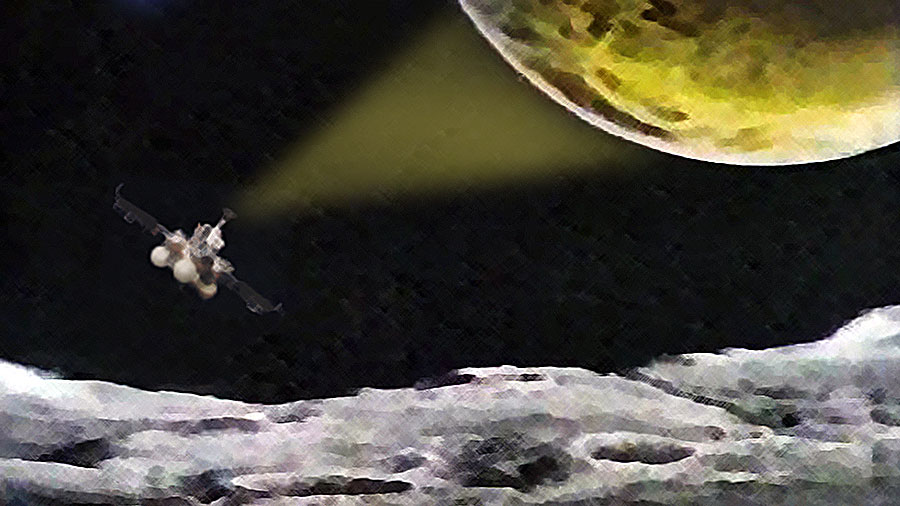 By Andy Lloyd
By Andy Lloyd
In July 1988, the Russians launched two unmanned satellite probes – Phobos 1 and Phobos 2 – in the 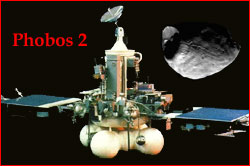 direction of Mars, and with the primary intention of investigating the planet’s mysterious moon, Phobos. Phobos 1 was unfortunately lost en route two months later, reportedly because of a radio command error. Phobos 2 was also ultimately lost in the most intriguing circumstances, but not before it had beamed back certain images and information from the planet Mars itself.
direction of Mars, and with the primary intention of investigating the planet’s mysterious moon, Phobos. Phobos 1 was unfortunately lost en route two months later, reportedly because of a radio command error. Phobos 2 was also ultimately lost in the most intriguing circumstances, but not before it had beamed back certain images and information from the planet Mars itself.
Phobos 2 arrived safely at Mars in January, 1989, and entered into an orbit around Mars as the first step at its destination towards its ultimate goal: to transfer to an orbit that the would make it fly almost in tandem with the Martian moonlet called Phobos (hence the spacecrafts name) and explore the moonlet with highly sophisticated equipment that included two packages of instruments to be placed on the moonlet’s surface.
All went well until Phobos 2 aligned itself with Phobos, the Martian moonlet. Then, on the 28th of March, the Soviet mission control center acknowledged sudden communication “problems” with the spacecraft; and Tass, the official Soviet news agency, reported that, “Phobos 2 had failed to communicate with Earth as scheduled after completing an operation yesterday around the Martian moon Phobos. Scientists at mission control have been unable to establish stable radio contact.”
According to Boris Bolitsky, science correspondent for Radio Moscow, just before radio contact was lost with Phobos 2, several unusual images were radioed back to Earth, described by the Russian as “Quite remarkable features”. A report taken from New Scientist of April 8, 1989, described the following:
“The features are either on the Martian surface or in the lower atmosphere. The features are between 20 and 25 kilometers wide and do not resemble any known geological formation. They are spindle – shaped and proving to be intriguing and puzzling.”
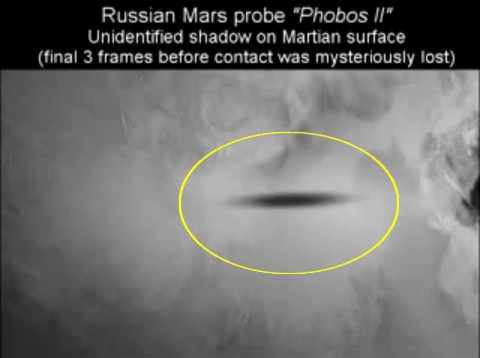 An unusual photo of a thin shadow across Mars was shown on the Russian television segment. Seen on the surface of Mars was a clearly defined dark shape that could indeed be described, as it was in the initial dispatch from Moscow, as a “thin ellipse” (this photo is a still from the Soviet television clip).
An unusual photo of a thin shadow across Mars was shown on the Russian television segment. Seen on the surface of Mars was a clearly defined dark shape that could indeed be described, as it was in the initial dispatch from Moscow, as a “thin ellipse” (this photo is a still from the Soviet television clip).
It was certainly different from the shadow of Phobos recorded eighteen years earlier by Mariner 9. The latter cast a shadow that was a rounded ellipse and fuzzy at the edges, as would be cast by the uneven surface of the moonlet.
The ‘anomaly’ seen in the Phobos 2 transmission was a thin ellipse with very sharp rather than rounded points (the shape is known in the diamond trade as a “marquise”) and the edges, rather than being fuzzy, stood out sharply against a kind of halo on the Martian surface.
Dr. Becklake described it as “something that is between the spacecraft and Mars, because we can see the Martian surface 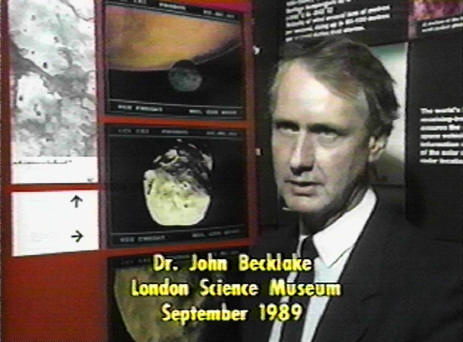 below it,” and stressed that the object was seen by both the optical and the infrared (heat seeking) camera.
below it,” and stressed that the object was seen by both the optical and the infrared (heat seeking) camera.
All these reasons explain why the Soviets had not suggested that the dark, “thin ellipse” might have been a shadow of the moonlet. While the image was held on the screen, Dr. Becklake explained that it was taken as the spacecraft was aligning itself with Phobos (the moonlet). “As the last picture was halfway through,” he said, “they [Soviets] saw something that should not be there.” The Soviets, he went on to state, have not yet released this last picture, and we won’t speculate on what it shows.
So what was it that collided or crashed into Phobos 2? Was the space probe shot out of space for “seeing too much”? What does the last secret frame show? Well… we have managed to track down this elusive last picture. In his careful words to Aviation Week and Space Technology, the chairman of the Soviet equivalent of NASA, referred to the last frame, saying, “One image appears to include an odd-shaped object between the spacecraft and Mars.”
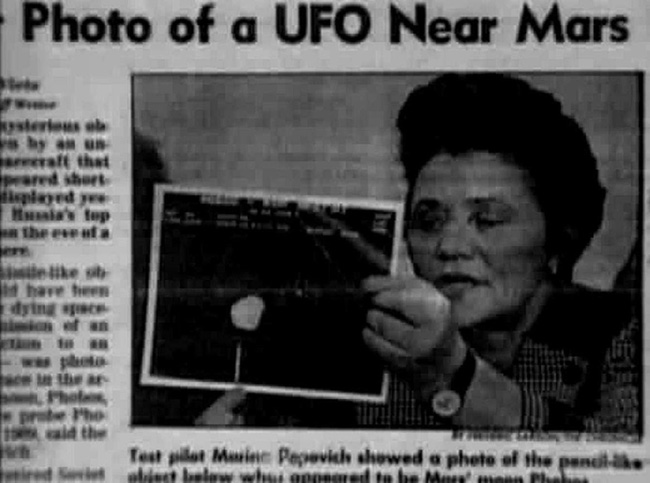 This “highly secret” photo was later given to the Western press by Colonel Dr. Marina Popovich, a Russian astronaut and pilot who had long been interested in UFO’s. At a UFO conference in 1991, Popovich gave to certain investigators some interesting information that she “smuggled” out of the now ex-Soviet Union. Part of the information was what has been called “the first ever leaked accounts of an alien mother ship in the solar system”.
This “highly secret” photo was later given to the Western press by Colonel Dr. Marina Popovich, a Russian astronaut and pilot who had long been interested in UFO’s. At a UFO conference in 1991, Popovich gave to certain investigators some interesting information that she “smuggled” out of the now ex-Soviet Union. Part of the information was what has been called “the first ever leaked accounts of an alien mother ship in the solar system”.
The last transmission from Phobos 2 was a photograph of a gigantic cylindrical spaceship – a huge, approx, 20km long, 1.5 km diameter cigar-shaped ‘mother ship’, that was photographed on March 25, 1989, hanging or parked next to the Martian moon Phobos by the Soviet unmanned probe Phobos 2.
After that last frame was radio-transmitted back to Earth, the probe mysteriously disappeared; according to the Russians it was destroyed – possibly knocked out with an energy pulse beam.
The cigar shaped craft in the penultimate frame taken by Phobos 2 is apparently the object casting the oblong shadow on the surface of Mars in the earlier photo.
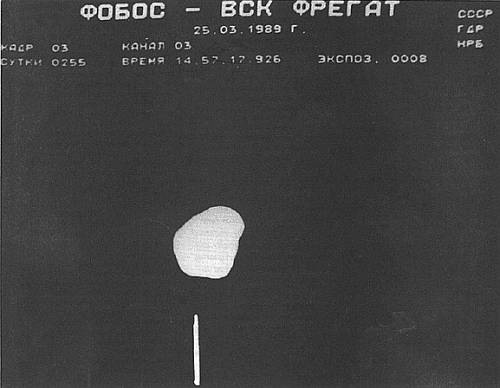 Australian science writer Brian Crowley says that because of the convex cats eye shadow – which, because the overhead solar inclination prevented shadow-casting by Martian surface features, implies a shadow thrown on the surface from something in orbit – beyond the orbit of Phobos 2 itself.
Australian science writer Brian Crowley says that because of the convex cats eye shadow – which, because the overhead solar inclination prevented shadow-casting by Martian surface features, implies a shadow thrown on the surface from something in orbit – beyond the orbit of Phobos 2 itself.
The shadow – spindle- or cigar shaped – is inconsistent with any possible shadow cast by the moon Phobos, which is an irregular potato shape. One needs little imagination to postulate a giant, hovering cigar- shaped mother craft similar to those documented down the years by UFO investigators.
INFRARED PHOTOS OF AN UNDERGROUND CITY ON MARS
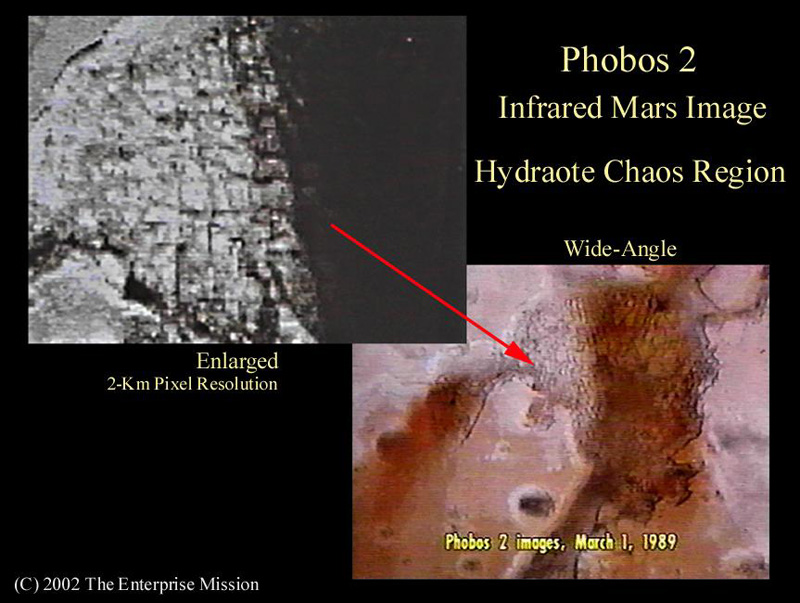
Another Phobos picture, released on Canadian TV, presents an infrared scan radiometer image of the Martian surface that showed clearly defined rectangular areas. These are interconnected with a latticework of perfectly straight channels, much resembling a city block. There were no corresponding surface features taken by regular cameras. This suggests the heat signature of what may be a set of underground cavern or channels that are just too geometrically regular to be formed naturally.
According to Dr. John Becklake of the London Science Museum, “The city-like pattern is 60 kilometers wide and could be easily be mistaken for an aerial view of Los Angeles.”
Pressed by their international participants in the Phobos missions to provide more definitive data, the Soviet authorities released the taped television transmission Phobos 2 sent in its last moments – except for the last frames, taken just seconds before the spacecraft fell silent. The television clip was shown by some TV stations in Europe and Canada as part of weekly “diary” programs, as a curiosity and not as a hot news item.
The television clip was accompanied by a live comment by Dr. John Becklake of England’s Science Museum. He described the phenomenon as very puzzling, because the pattern seen on the surface of Mars was photographed not with the spacecraft’s optical camera but with its infrared camera – a camera that takes pictures of objects using the heat they radiate, and not by the play of light and shadow on them.
In other words, the pattern of parallel lines and rectangles covering an area of almost two hundred fifty square miles was a source of heat radiation. It is highly unlikely that a natural source of heat radiation (a geyser or a concentration of radioactive minerals under the surface, for example) would create such a perfect geometric pattern. When viewed over and over again, the pattern definitely looks artificial; but what it was, the scientist said, “I certainly don’t know.”
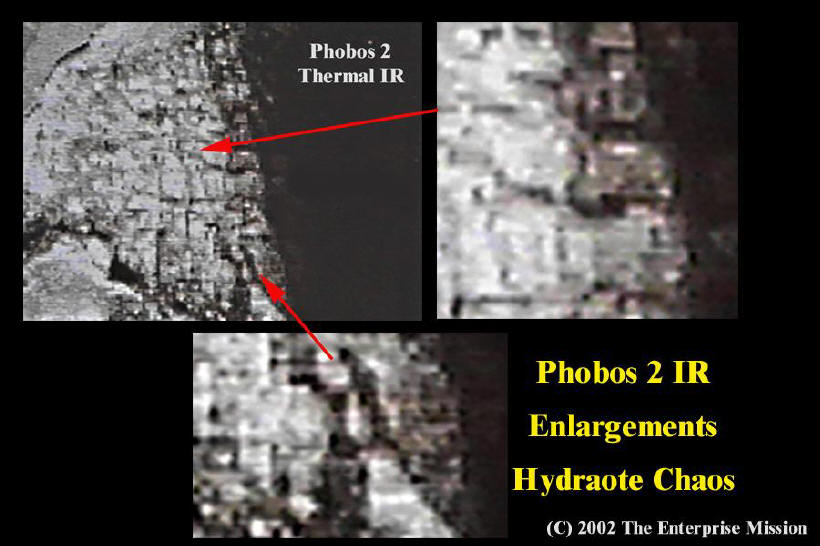 The second puzzling feature on the surface of Mars can be seen in Mariner 9 frame 4209-75 (image below).
The second puzzling feature on the surface of Mars can be seen in Mariner 9 frame 4209-75 (image below).
It is also located in the equatorial area (at longitude 186.4) and has been described as “unusual indentations with radial arms protruding from a central hub” caused (according to NASA scientists) by the melting and collapse of permafrost layers. The design of the features, bringing to mind the structure of a modern airport with a circular hub from which the long structures housing the airplane gates radiate, can be better visualized when the photo is reversed.
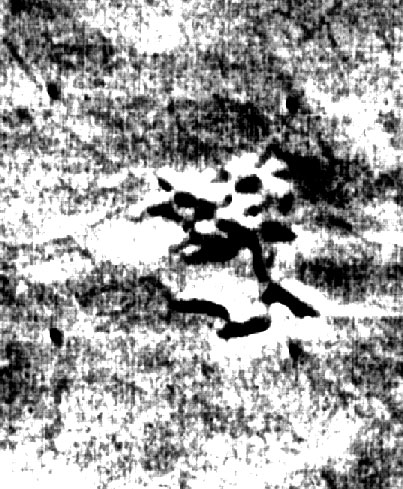 In the October 1989 issue of Nature, Soviet scientists published a series of technical reports on the experiments Phobos 2 did manage to conduct: of the thirty seven pages, a mere paragraph dealt with the spacecrafts loss. The report confirms that the spacecraft was spinning, either because of a computer malfunction or because Phobos 2 was “impacted” by an unknown object.
In the October 1989 issue of Nature, Soviet scientists published a series of technical reports on the experiments Phobos 2 did manage to conduct: of the thirty seven pages, a mere paragraph dealt with the spacecrafts loss. The report confirms that the spacecraft was spinning, either because of a computer malfunction or because Phobos 2 was “impacted” by an unknown object.
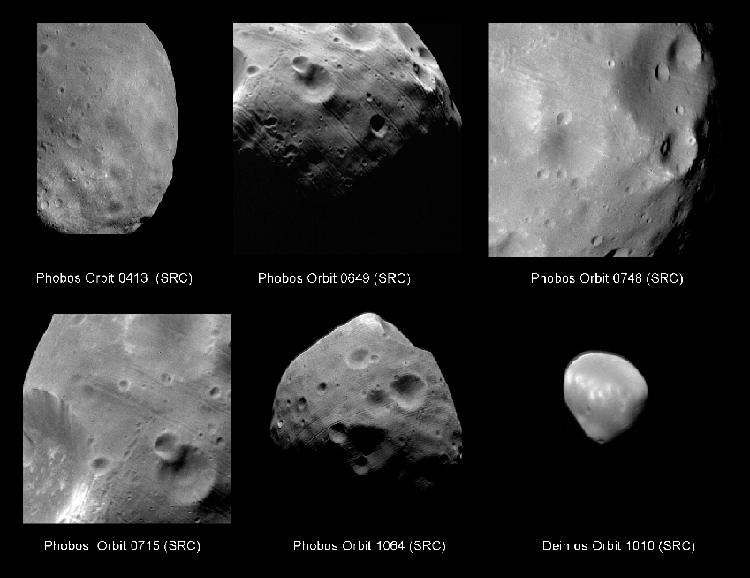
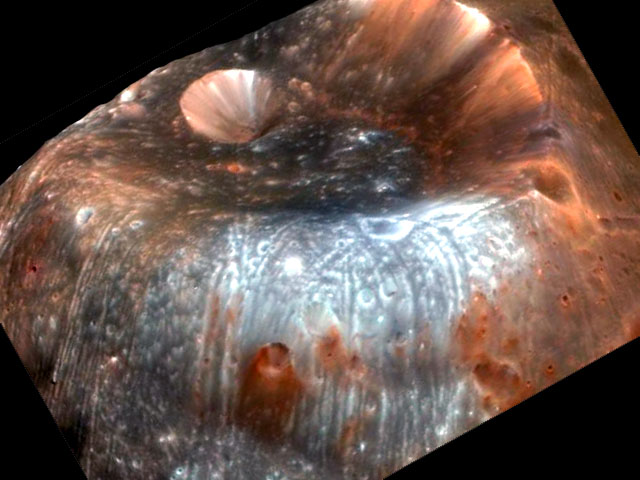
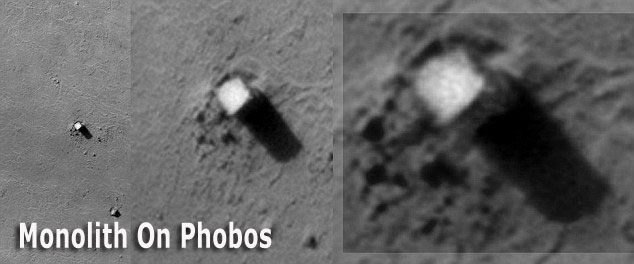 According to retired Soviet Air Force Colonel Marina Popovich, Phobos, one of the two Martian moons, is an artificial structure. In a meeting with CSETI’s International Director, Dr. Steven Greer, she told him that her sources also advised that it is hollow.
According to retired Soviet Air Force Colonel Marina Popovich, Phobos, one of the two Martian moons, is an artificial structure. In a meeting with CSETI’s International Director, Dr. Steven Greer, she told him that her sources also advised that it is hollow.
Interestingly, the same story was told to contacteé Paul Villa Jr. by an ET that he had an encounter with in Long Beach, Ca in 1953. (See “Alien Base”, by Timothy Good, P. 241)
Phobos data set here.
Posted in Life On Other Worlds, The Truth About Mars, UFOswith comments disabled.


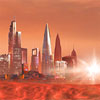
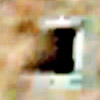

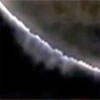
[…] betrifft offenbar die Möglichkeit der realen Existenz einer Mars-Zivilisation. Weitere Belege dafür tauchten im Jahr 1989 auf, als die Sowjetunion ihre Sonde Phobos 2 zum Mars geschickt […]